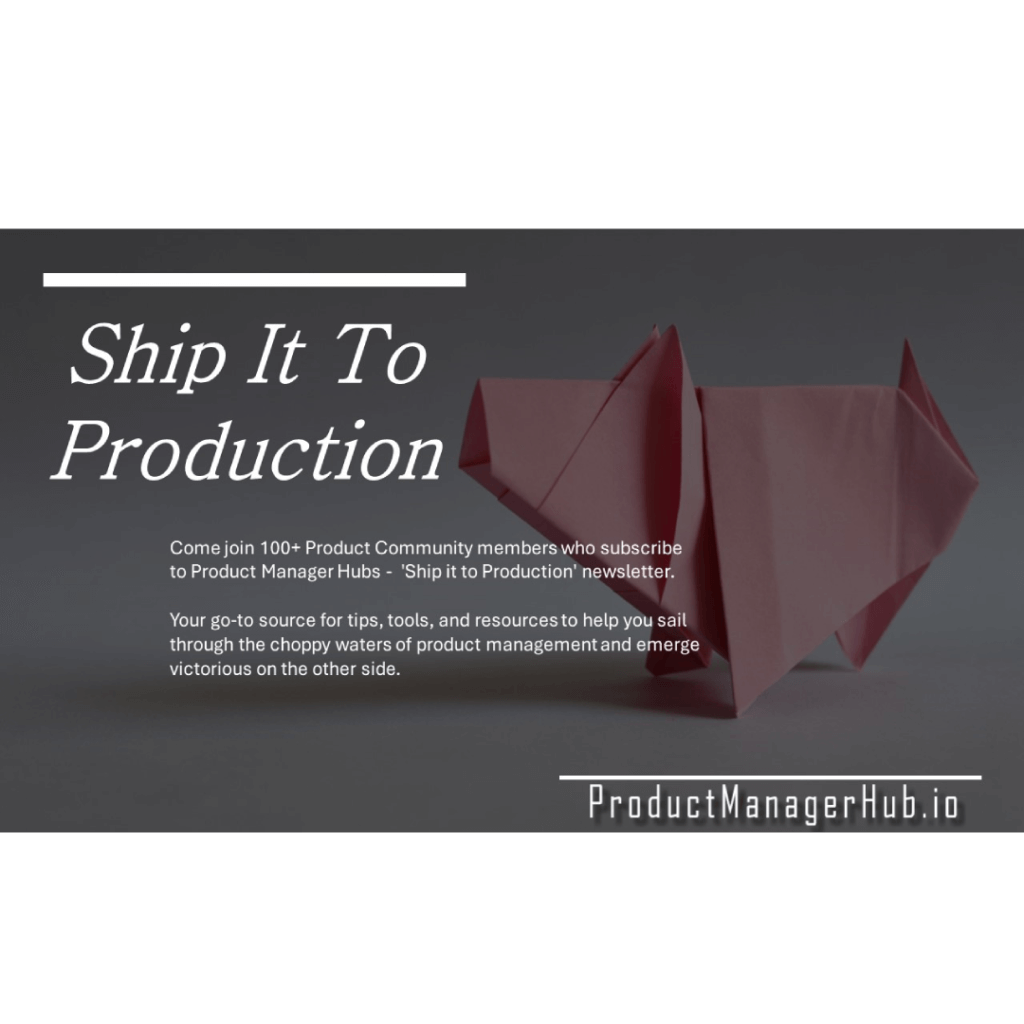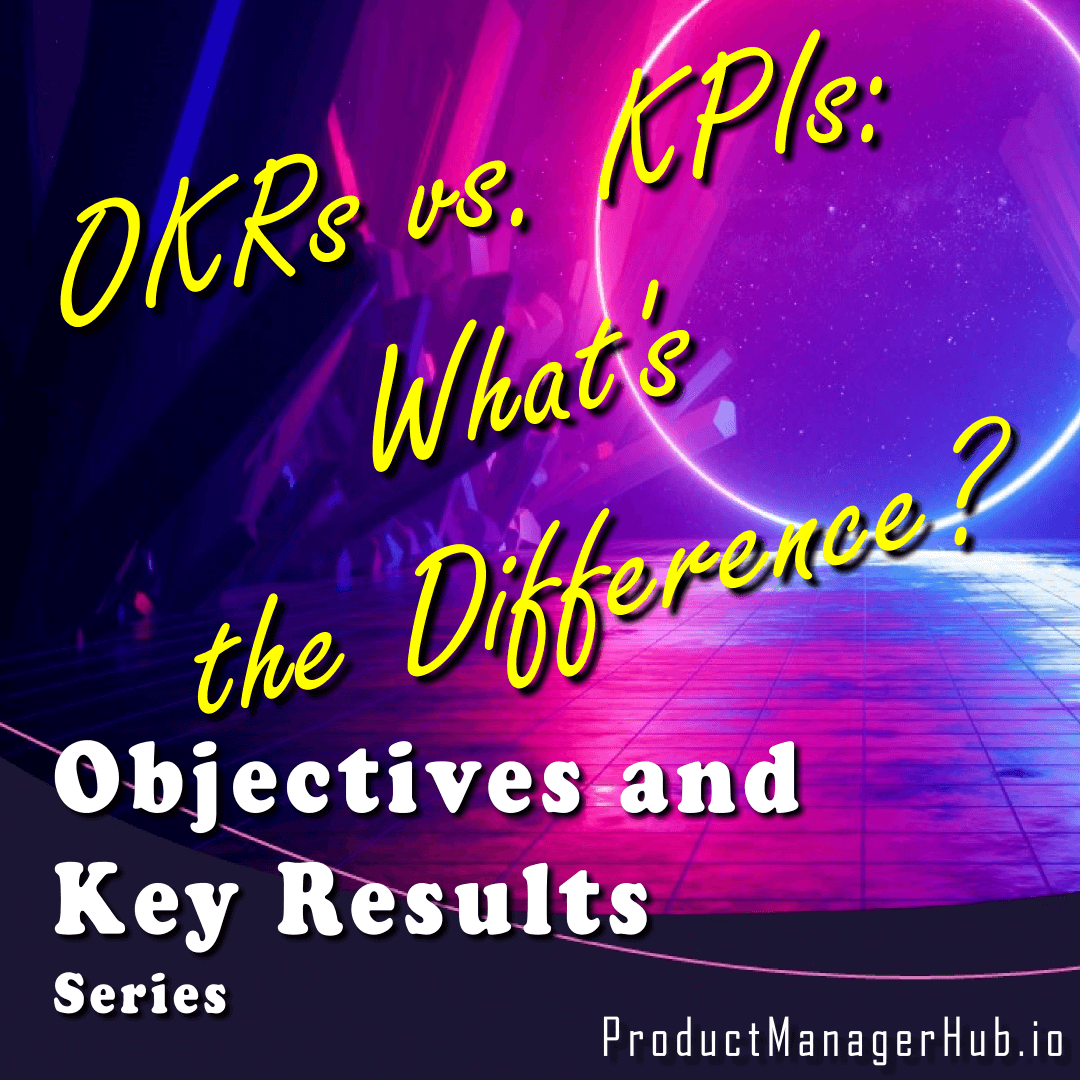A Comprehensive Guide for Beginners
OKRs vs. KPIs: What’s the Difference? When it comes to measuring performance and achieving business goals, there are two popular approaches that often come to mind – OKRs and KPIs. While the terms might seem interchangeable at first, there are distinct differences between OKRs (Objectives and Key Results) and KPIs (Key Performance Indicators) that make them suitable for different contexts. In this article, we’ll explore the differences, benefits, and common mistakes to avoid when setting OKRs and KPIs.
OKRs vs. KPIs: Understanding the Differences
At a high level, OKRs and KPIs both involve setting targets and tracking progress. However, the key difference between OKRs vs. KPIs is the focus and scope of each approach. KPIs are quantitative metrics that indicate how well a business or team is performing against a specific goal. They are often associated with performance reviews, bonuses, and operational metrics. For example, a KPI for a sales team might be the number of deals closed per month or the average deal size.
On the other hand, OKRs are a framework for setting and achieving strategic objectives. They consist of one or more objectives, which are qualitative descriptions of what the business or team wants to achieve, and key results, which are measurable outcomes that indicate progress towards the objective. Unlike KPIs, OKRs are not tied to operational metrics and are typically set on a quarterly or annual basis. For instance, an OKR for a product team might be to launch a new feature that increases user engagement, with key results including metrics such as daily active users and retention rates.

Comparison of OKRs and KPIs: Benefits and Drawbacks
When deciding whether to use OKRs vs. KPIs, it’s essential to consider the benefits and drawbacks of each approach. Here are some key points to keep in mind:
Benefits of OKRs
- Alignment: OKRs help ensure that everyone in the organization is working towards the same overarching objectives.
- Flexibility: OKRs can be adapted and updated as priorities change, allowing businesses to pivot quickly.
- Transparency: OKRs provide visibility into what teams are working on and why, increasing trust and accountability.
- Inspiration: OKRs are aspirational and can motivate teams to push beyond their comfort zones and strive for ambitious goals.
Drawbacks of OKRs
- Subjectivity: OKRs are often qualitative and subjective, which can make them harder to measure objectively.
- Time-consuming: Setting and updating OKRs can be time-consuming, especially if they involve multiple stakeholders.
- Overwhelm: Setting too many OKRs or overly ambitious objectives can lead to overwhelm and burnout.
Benefits of KPIs
- Clarity: KPIs provide clear and specific targets that can be easily measured and tracked.
- Objectivity: KPIs are often quantitative and objective, which can make it easier to measure performance accurately.
- Efficiency: KPIs can be automated and integrated into dashboards, saving time and reducing errors.
- Focus: KPIs keep teams focused on the most critical metrics that drive business success.
Drawbacks of KPIs
- Tunnel vision: Focusing too much on KPIs can lead to a myopic view of performance, neglecting other critical factors.
- Disengagement: If KPIs are too narrowly defined or unrealistic, they can lead to disengagement and demotivation.
- Silos: KPIs can encourage teams to optimize their performance in isolation, leading to silos and misaligned priorities.
- Gaming: If KPIs are tied to rewards or performance reviews, they can incentivize people to game the system or manipulate the metrics.

How to Cascade OKRs Across YourOrganization: Best Practices.
Setting OKRs is just the first step in the process – to ensure that they are effective, they need to be cascaded throughout the organization. Here are some best practices to consider:
Start with the Big Picture
- When setting OKRs, it’s essential to ensure that they align with the organization’s overall mission and vision. Start by defining the overarching objectives and then cascade them down to teams and individuals.
Keep it Simple
- While OKRs can be aspirational, they should also be simple and easy to understand. Avoid setting too many objectives or using complex language that can confuse people.
Involve the Right People
- To ensure buy-in and accountability, involve the relevant stakeholders in setting and reviewing OKRs. This could include team members, managers, and executives.
Review and Adjust Regularly
- OKRs should be reviewed and adjusted regularly to reflect changes in priorities or external factors. Hold regular check-ins to track progress and discuss any challenges or roadblocks.
Celebrate Successes and Learn from Failures
- OKRs should not be seen as a pass/fail test – they are an iterative process that involves experimentation and learning. Celebrate successes and use failures as opportunities to learn and improve.

Elevate your career as a product manager with Product Manager Hub – Community of Practice! Our community is your go-to resource for unlocking your full potential and achieving success in your product role. Product Manager Community of Practice
Common Mistakes to Avoid When Setting OKRs
While OKRs can be a powerful tool for driving business success, there are some common mistakes to avoid when setting them. Here are a few:
Setting Too Many Objectives
- One of the most common mistakes when setting OKRs is trying to do too much. Setting too many objectives can lead to overwhelm, confusion, and a lack of focus. Instead, focus on a few critical objectives that align with the organization’s overall mission.
Being Too Ambitious
- While it’s important to set aspirational goals, being too ambitious can also backfire. Setting unrealistic targets can lead to demotivation, burnout, and a lack of buy-in. Instead, set objectives that are challenging but achievable with the right effort and resources.
Not Aligning with Company Goals
- To be effective, OKRs should align with the organization’s overall mission, vision, and values. Setting objectives that are not aligned with the company’s goals can lead to misalignment and wasted resources.
Ignoring Feedback and Data
- OKRs should be based on data and feedback, not just intuition or assumptions. Ignoring feedback and data can lead to inaccurate or irrelevant objectives that do not drive business success.
Not Holding Regular Check-ins
- Regular check-ins are essential for tracking progress, identifying roadblocks, and adjusting objectives as needed. Failing to hold regular check-ins can lead to a lack of accountability, misalignment, and missed opportunities.
Conclusion
In summary, OKRs and KPIs are both valuable approaches for setting and measuring performance, but they serve different purposes. KPIs are best suited for tracking operational metrics and ensuring efficiency, while OKRs are ideal for setting strategic objectives and driving alignment. When setting OKRs, it’s essential to cascade them throughout the organization, involve the right people, and regularly review and adjust them. By avoiding common mistakes and following best practices, businesses can use OKRs and KPIs to achieve their goals and drive success.
Additional Resources: Objective and Key Results
Here are five additional resources for you.
- “OKRs vs. KPIs: What’s the Difference?” by Christina Parisi on the Smartsheet blog: This article explains the differences between OKRs and KPIs and provides guidance on when to use each approach. It also includes tips on how to set effective OKRs and KPIs. URL: https://www.smartsheet.com/content/okrs-vs-kpis-whats-difference
- “OKRs vs KPIs: What’s the difference?” by SaaS Capital on the SaaS Capital blog: This article provides an overview of the differences between OKRs and KPIs and explains why both approaches are important for business success. It also includes examples of how different companies use OKRs and KPIs. URL: https://www.saascapital.com/blog/okrs-vs-kpis-whats-the-difference
- “OKRs vs. KPIs: What’s the difference?” by David Creelman on HRD Connect: This article explores the differences between OKRs and KPIs and provides guidance on when to use each approach. It also discusses the benefits and challenges of using OKRs and KPIs. URL: https://www.hrdconnect.com/2019/03/21/okrs-vs-kpis-whats-the-difference/
- “KPIs vs. OKRs: What’s the difference?” by Adrian Hemmings on the Apptio blog: This article provides an in-depth comparison of OKRs and KPIs, including their definitions, purposes, and benefits. It also includes examples of how different companies use OKRs and KPIs. URL: https://www.apptio.com/blog/kpis-vs-okrs-whats-difference
- “OKRs vs. KPIs: What’s the difference and which one should you use?” by David Baily on the Kissmetrics blog: This article explains the differences between OKRs and KPIs and provides guidance on when to use each approach. It also includes tips on how to set effective OKRs and KPIs and how to measure their success. URL: https://blog.kissmetrics.com/okrs-vs-kpis/
